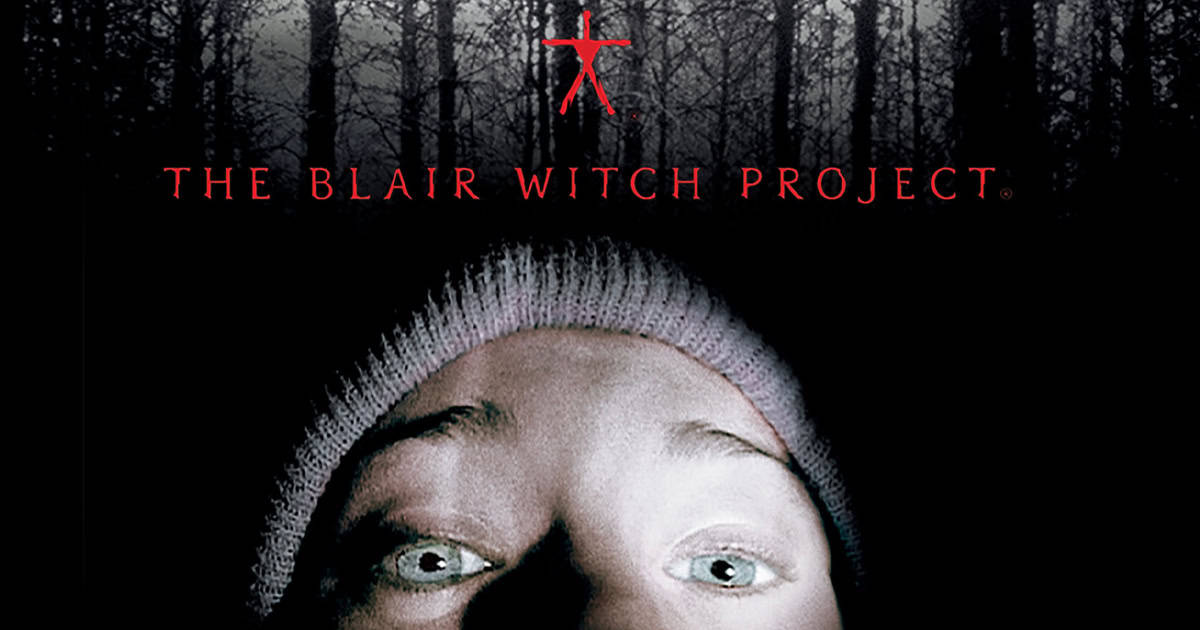The Blair Witch Project producer says an upcoming Blu-ray release will finally present the film as it was always meant to be seen.

The Blair Witch Project producer Michael Monello says the upcoming October Blu-ray release of the movie from Second Sight will finally “represent the filmmakers complete vision for the film” after years of sub-par transfers.
“For 25 years, Artisan/Lions Gate have been content to put out a version of this film that is NOT how the filmmakers intended it to look, with broken motion and film grain over video,” Monello said. “Now that we have an actual filmmaker and producer approved version coming out, I think I’ve earned the right to dump on a release of the transfer that Artisan did without consulting us. If they want to cash grab dump it in the market I can’t stop them, but I’m not going to shut up about something I worked so hard on being released with a shoddy transfer and the same old extras.“
Monello continued, “It hasn’t been announced yet, but there is a NEW version of the original film coming out in October with exclusive new content. and for the first time ever the film will look the way it was intended to from the beginning. Back in 1999, Artisan never consulted us on the transfer and they… I believe the technical term is ‘f***ed it all up’ and neither they or Lions Gate ever fixed it. Not even for the Blu-Ray release. The version coming will stand as the only version that represents the filmmakers complete vision for the film.“
There’s another version of The Blair Witch Project set to be released in October by Imprint (which also includes the sequel, Book of Shadows: Blair Witch 2), but it would appear it uses the same old transfer that’s been used for years. Here’s hoping the other release from Second Sight gets an official announcement before too long.
Monello got more technical about the new transfer on Reddit. “The film was shot on hi-8 and 16mm. The 16mm was transferred to video, taking it from 24 frames per second to 30 frames per second (the standard for video at the time). All of it was loaded into an editing machine and the final edited version was then ‘burned’ onto DigiBeta tape,” Monello explained. “That tape is technically the ‘negative’ of the movie. But in 1999, movies only had film negatives, there were hardly any mainstream distributed films shot on video. To distribute the movie, as well as screen it at Sundance, we had to make a 35mm print, as no theaters could show video at the time, and Sundance refused to screen video as well.“
Monello continued, “So the theatrical version everyone saw was hi-8 (30fps) and transferred 16mm film (24fps converted to 30fps) all converted to 35mm film at the standard frame rate of 24fps.” Monello said that while it wasn’t ideal, it was what could be done at the time, but the real trouble started when it came time to make a home video version of the movie.
Instead of using the digibeta master, they took the transferred 35mm negative, and transferred it BACK to video (30fps). The net result of all this transferring meant the home video version doesn’t look or feel like video anymore, and the motion is messed up. The film was supposed to look like raw video camera footage. We had no idea Artisan did that until we recorded the commentary track. When I saw the video transfer we wondered why it looked so terrible. The team recording the commentary had no answers because they had nothing to do with it, so we inquired and were told it’s all being handled right. Except it wasn’t. That terrible transfer is what was released. And it was released again that was for the BD. It sucked, but we played good soldiers and didn’t make a stink at the time.
So this new Blu-ray release of The Blair Witch Project isn’t some miraculously crisp 4K version of the movie (nor should it be), but it will be the most accurate version of the movie as the filmmakers originally intended.
It was announced earlier this year that a new reimagining of The Blair Witch Project was being developed by Blumhouse, which prompted a backlash from the original creative team as the leading actors of the first movie have never been properly financially compensated for the project.

